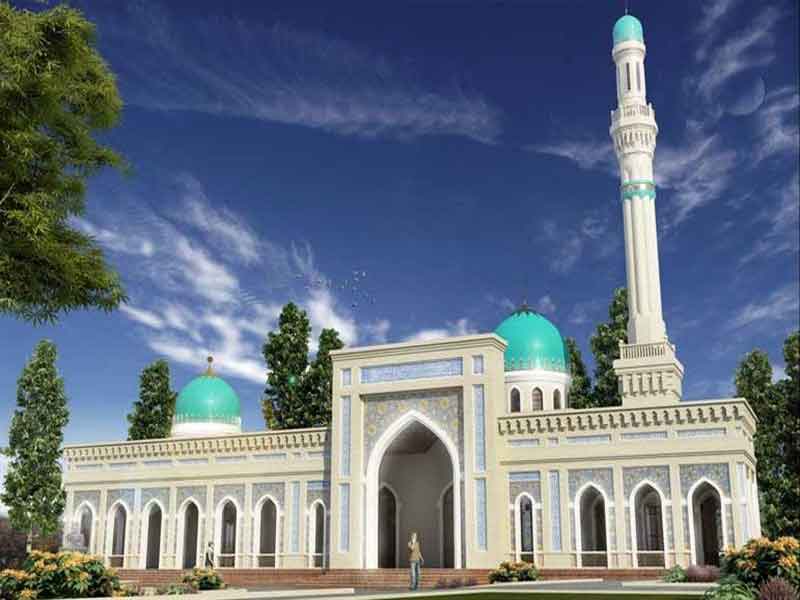Uzbekistan is a country of ancient high culture with its exceptional architectural patterns. Famous historians of the East in their writings on the ancient cities such as Bukhara , Samarkand and Khiva and other places mention palaces of the rulers, places of residence of aristocracy, market places, madrasah, mausoleums, and describe them as very beautiful with evergreen gardens.
In the llth-12th centuries, Samarkand became one of the major cities in the region. There was intensive construction of attractive houses, civil and religious buildings. The growth of cities, increase of the urban population, and expansion of internal and international trade routes caused construction of many caravansaries (an inn for caravans) near the cities. The Raboti-Malik, the caravansary near Navoi, still stands as a fine example. It was a large structure where dozens of caravans could be accommodated at the same time.
Among the city structures, a number of urban places, such as mosques and praying houses were designed with special attention. The Khakim at-Termizy Mosque was viewed as simple, yet a highly valuable and beautiful architectural building with simplicity to be proud of. For many buildings a geometric pattern is common which is characterized by a large variety of rich plates with fine art applications over mud bricks.
Beginning the 13th century, Central Asia saw invasion by Genghis- Khan and his descendants for nearly a hundred years. And just in the first half of the 14th century, the reconstruction of the destroyed towns and villages has begun. In its turn, it once again promoted the rise of the architectural activity in the region.
Architecture of Temur's period stood as a fine example of a modern city in the 13th century. Strong castles were symbols of strong government, authority and victory of the Islamic civilization, marketplaces - symbols of the role of trade, and living quarters - the essence of the complex urban life.





















